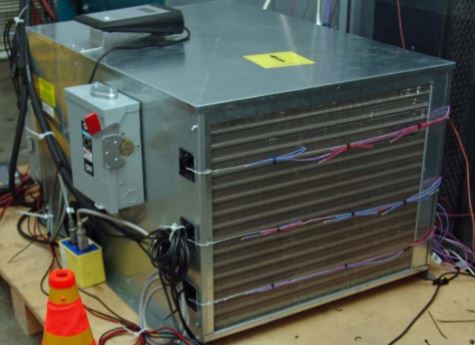Project Info
COMPLETE
 Project Title
Project Title
 Project Title
Project Title
Demand Defrost Controls for Walk-in Freezers
Project Number ET14SCE1030 Organization SCE End-use Process Loads Sector Commercial Project Year(s) 2014 - 2016Description
Lab and field evaluation of demand defrost controls for walk-in freezers. The purpose of the project is to quantify the energy savings achievable only defrosting on an as-needed basis as opposed to a timer.
Project Report Document
Loading PDF Preview...
